Footwork does things for my body that nothing else provides. We all know
about the reflexology points that are stimulated with footwork, and this in itself is benefit enough to make me miss it. This staple exercise gets the blood flowing and uses reflexology points on the feet to stimulate the internal organs (I’ve even found it my go-to exercise for PMS symptoms).
How to tell if your Pilates clients are doing the proper footwork
Footwork does so much more! They start the warm up of the body for the work that is coming and strengthens the legs. Most importantly footwork works the legs three dimensionally, with all muscle groups working to provide and sustain movement. As a Pilates teacher you’ll see if someone isn’t working the back of the leg when they either hyper-extend and lock out the knee at the top of the press out, or if they allow the carriage to slam back home at the bottom of the movement. You’ll know that someone isn’t using their adductors and abductors if they don’t completely straighten their legs at the top, and as Lolita San Miguel says, “give a little kiss”, or if they allow the legs to open outside their shoulders on the way in.
Flexibility of the ankle is crucial
Footwork makes the ankle work hard! This is an area that is really neglected in fitness training, and it shows up quickly in footwork. If the client hasn’t the strength to plantar flex fully, it will show up in footwork position toes right away. They won’t be able to maintain the heels lifted high, and will allow the ankle to “do whatever it wants”. You’ll notice that there isn’t full dorsiflexion and poor range of motion in footwork position heels and tendon stretch and know that your client needs to stretch the back of their calves and ankle. Flexibility of the ankle is crucial for proper gait. You’ll notice how stiff the feet are in footwork position arches as they struggle to “cup” the foot bar like a “little bird on the perch”.
The foot is the foundation of our body, and misalignments here will translate up the kinetic chain and will manifest alignment issues elsewhere, such as the knees and/or hips.
( Article by: Connie Borho-Pilates Instructor)
Found this article helpful? Share it with your friends and family!


